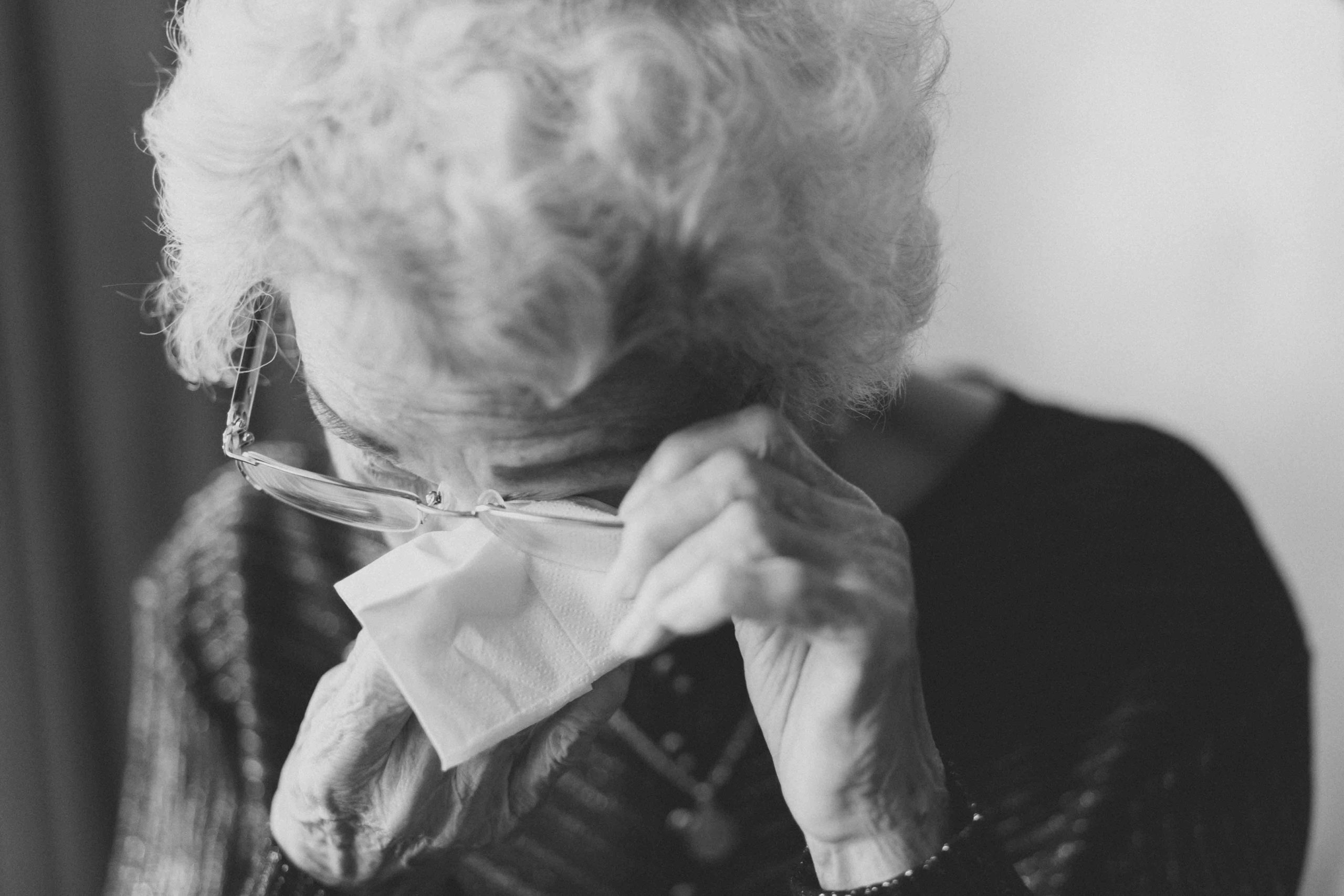Introduction: Recovering from an arm fracture requires time, patience, and a proactive approach to ensure proper healing and restoration of arm function. This article provides valuable tips and guidance for individuals on the road to recovery from an arm fracture, helping them navigate the healing process effectively.
- Follow Medical Advice: Adhering to your healthcare provider’s instructions and recommendations is crucial for a successful recovery. Key points to remember include:
- Medications: Take prescribed pain medications, antibiotics, or other medications as directed by your doctor to manage pain, prevent infections, and aid in healing.
- Immobilization: If a cast, splint, or brace is applied, ensure that it remains in place and undisturbed for the recommended duration. Avoid putting weight on the injured arm or engaging in activities that could disrupt the healing process.
- Physical Therapy: Attend scheduled physical therapy sessions, if advised by your doctor, to promote arm strength, range of motion, and overall recovery.
- Rest and Protect the Injured Arm: Allowing your arm sufficient rest and protection is essential during the healing process. Consider the following:
- Avoid Overexertion: Refrain from engaging in activities that strain or put excessive stress on the injured arm. This includes heavy lifting, strenuous exercises, or any repetitive motions that may impede the healing process.
- Use Supportive Aids: Utilize assistive devices, such as slings or supports recommended by your healthcare provider, to provide stability and protection to the injured arm.
- Maintain a Healthy Lifestyle: Supporting your recovery with a healthy lifestyle can contribute to overall healing and well-being. Remember the following:
- Balanced Diet: Consume a nutritious diet rich in vitamins, minerals, and protein to promote bone healing and overall health. Include foods such as lean proteins, fruits, vegetables, and dairy products.
- Hydration: Stay well-hydrated by drinking an adequate amount of water daily. Hydration supports overall healing and helps maintain optimal bodily functions.
- Avoid Smoking and Alcohol: If you smoke or consume alcohol, it is advisable to refrain from these habits during the healing process, as they can impede bone healing and delay recovery.
- Gradual Return to Activities: As the healing progresses, gradually reintroduce activities and exercises recommended by your healthcare provider. Consider the following:
- Physical Therapy Exercises: Perform prescribed rehabilitation exercises or range of motion movements as instructed by your physical therapist to regain strength and flexibility in the arm.
- Gradual Increase in Activity: Increase activity levels gradually, listening to your body’s cues. Start with light activities and progress to more demanding tasks as advised by your doctor or physical therapist.
- Seek Emotional Support: Dealing with an arm fracture can be physically and emotionally challenging. Don’t hesitate to seek emotional support from loved ones, friends, or support groups. Sharing your concerns and experiences can help alleviate stress and aid in your overall recovery.
- Follow-up Appointments: Attend follow-up appointments with your healthcare provider to monitor your progress and address any concerns or complications that may arise during the healing process. Regular check-ups ensure that your recovery is on track.
Conclusion: Recovering from an arm fracture requires patience, diligence, and a proactive approach to healing. By following medical advice, protecting the injured arm, maintaining a healthy lifestyle, gradually returning to activities, seeking emotional support, and attending follow-up appointments, you can optimize your recovery and regain strength and function in your arm. Remember, each person’s healing journey is unique, so consult with your healthcare provider for personalized guidance throughout the recovery process.











